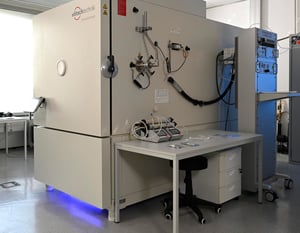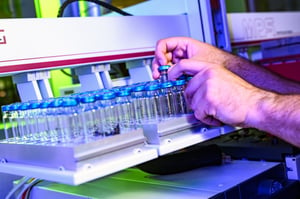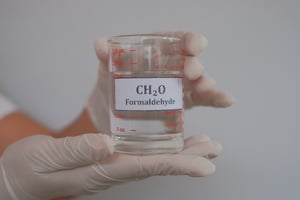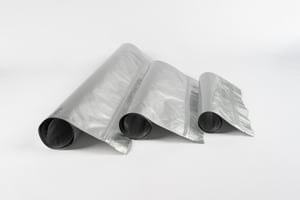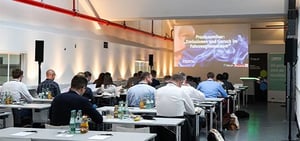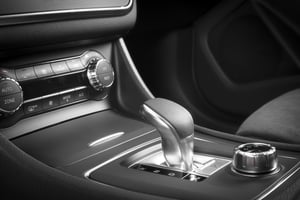
Fogging
Determination of the fogging behavior of materials used in vehicle interiors
FOGGING TEST IN THE
AUTOMOBILE INTERIOR
FOGGING TEST IN THE CAR INTERIOR
The fogging test is carried out to determine the risk of condensation of vaporized volatile components from materials such as plastics, textiles or leather. These components can condense on surfaces such as the windshield and appear there as a film or cloudy layer.
Fogging, i.e. the misting up of windows by such substances, can impair visibility through the windscreen, particularly in unfavorable light conditions, and thus endanger the driver's safety. This effect is caused by the evaporation of plasticizers, adhesives or solvents used in vehicle equipment.
- 01 Purpose of the
Fogging test - 02 Test procedure
- 03 Test methods
Purpose of the fogging test
- Evaluation of the release of medium to low volatile substances from interior materials
- Controlling emissions that can settle as fog or haze on colder surfaces such as windscreens
- Ensuring visibility and safety for drivers by preventing fogging on windows
Test procedure
Reflectometric method
- A material sample is placed in a beaker.
- The beaker is covered with a glass plate.
- The sample is heated to 100°C for 3 hours.
- The glass plate is simultaneously cooled to 21°C.
- Volatile organic compounds (VOCs) condense on the glass plate.
- The reflectance index of the fogged plate is measured.
Gravimetric method
- The sample is placed in a beaker.
- The beaker is covered with a sheet of aluminum foil.
- The material is heated to 100°C for 16 hours.
- The aluminum disk is kept cooled to 21°C.
- Released VOCs condense on the cooling disk.
- The amount of condensed material is weighed after 16 hours
Test methods
- Reflectometric method: Measures the change in the reflectance index of a glass plate before and after the test
- Gravimetric method: Determines the increase in weight of an aluminum foil due to condensed substances
- Hase method: Evaluates the turbidity of a glass plate

Fogging
test methods
- DIN 75201-A (reflectrometric)
- DIN 75201-B (gravimetric)
- PV 3015 (Volkswagen)
- GMW 3235-A (General Motors Worldwide)
- PSA D45 1727
- and much more.
Fogging test methods
- DIN 75201-A (reflectrometric)
- DIN 75201-B (gravimetric)
- PV 3015 (Volkswagen)
- GMW 3235-A (General Motors Worldwide)
- PSA D45 1727
- and much more.
Are you looking for an exam? Standard? Specifications?
Accredited & certified tests
CONTACT OUR EXPERTS
Description. Lorem ipsum dolor sit amet, consetetur sadipscing elitr, sed diam nonumy eirmod tempor invidunt ut labore et
- Tab Title






TYPICAL MATERIALS THAT ARE TESTED
The fogging test in automotive testing examines various materials that are used in vehicle interiors. The most important materials that are subjected to this test are
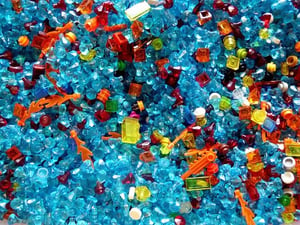
Various types of plastics, for dashboards, consoles and other interior components
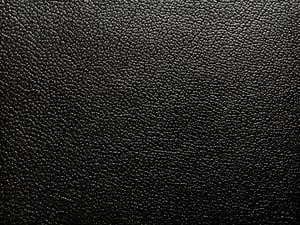
Especially for seat covers and steering wheel covers
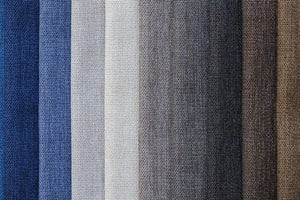
Fabrics used for seat covers, headliners and other interior trims
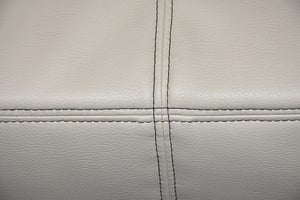
As an alternative to genuine leather for various interior components
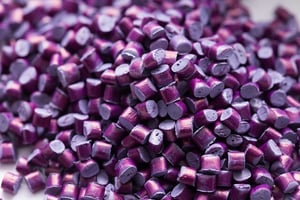
Rubber-like materials that are used in various vehicle parts
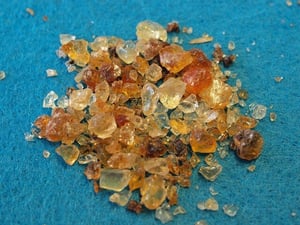
Used to connect various components in the vehicle interior
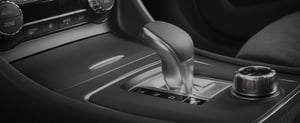
Various surface inspections for interior parts
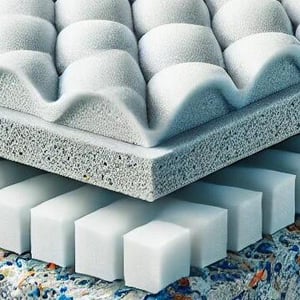
Especially for upholstery and insulation
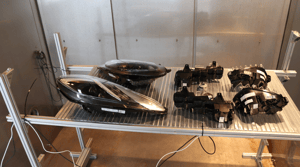
Combinations of different materials used in the vehicle interior
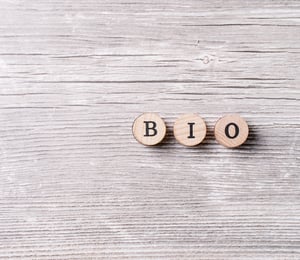
Newer, environmentally friendly alternatives to conventional plastics
Frequently asked questions about the fogging test
The sample quantities required for a fogging test depend on the standard and the test method used. Here are the general guidelines:
1. standard DIN 75201 (type A and type B)
-
Type A (glass plate method):
A sample quantity of 10 cm² is typically required. The sample is placed on a heated plate in a sealed chamber and the volatiles released condense on a glass plate above. -
Type B (aluminum foil method):
Similar to type A, a sample volume of approximately 10 cm² is used. However, the volatile substances condense on a cooled aluminum foil.
2. standard ISO 6452 (international standard)
- Sample quantity:
Again, a sample size of about 10 cm² is typically required to evaluate the amount of volatiles released at elevated temperature.
3. other specific requirements
Depending on the specific requirements of the customer or OEM standards, sample quantities may vary. It is important to check the respective standards or test requirements carefully.
Method A - Reflectometric method:
- Principle: This method measures the change in reflectivity on a glass plate on which volatile components from the material sample are deposited.
- Procedure: A material sample is heated in a beaker while a glass plate above it is cooled to 21°C. The temperature difference causes the volatile components to condense on the glass plate. The reflectance index of the fogged glass plate is then measured to determine the amount of condensed material.
- Application: This method is particularly suitable for materials for which an exact determination of the optical fog effect is required.
Method B - Gravimetric method:
- Principle: This method measures the weight of condensed volatiles on an aluminum foil.
- Procedure: The material sample is heated in a beaker while an aluminum foil disc is cooled to 21°C. After 16 hours, the amount of condensed material on the foil is weighed.
- Application: This method is ideal for an accurate quantitative determination of the amount of condensed volatiles.
CONTACT US
EMISSIONS & ODOR
Formaldehyd in Fahrzeugen: Herausforderungen für die Automobilindustrie
Read moreStellantis: Freigabe für Emissionsprüfungen erfolgreich (VIAQ)
Read moreVDA 277 vs. VDA 278: Was ist der Unterschied?
Read moreGeruchsunterschiede bei Polypropylen: Die Rolle von Faserverstärkung und Verarbeitungsparametern
Read moreWarum sind die Einheiten der Ergebnisse von Prüfungen der Werkstoffemissionen eigentlich so unterschiedlich?
Read moreGrenzwerte für Formaldehyd und Formaldehydabspaltern in Fahrzeugen
Read moreFREQUENTLY ASKED QUESTIONS ABOUT THE FOGGING TEST
The sample quantities required for a fogging test depend on the standard and the test method used. Here are the general guidelines:
1. standard DIN 75201 (type A and type B)
-
Type A (glass plate method):
A sample quantity of 10 cm² is typically required. The sample is placed on a heated plate in a sealed chamber and the volatiles released condense on a glass plate above. -
Type B (aluminum foil method):
Similar to type A, a sample volume of approximately 10 cm² is used. However, here the volatile substances condense on a cooled aluminum foil.
2. standard ISO 6452 (international standard)
- Sample quantity:
Here too, a sample size of around 10 cm² is typically required to evaluate the amount of volatile substances released at elevated temperatures.
3. other specific requirements
Depending on the specific requirements of the customer or OEM standards, sample quantities may vary. It is important to check the respective standards or test requirements carefully.
Method A - Reflectometric method:
- Principle: This method measures the change in reflectivity on a glass plate on which volatile components from the material sample are deposited.
- Procedure: A material sample is heated in a beaker while a glass plate above it is cooled to 21°C. The temperature difference causes the volatile components to condense on the glass plate. The reflectance index of the fogged glass plate is then measured to determine the amount of condensed material.
- Application: This method is particularly suitable for materials for which an exact determination of the optical fog effect is required.
Method B - Gravimetric method:
- Principle: This method measures the weight of condensed volatiles on an aluminum foil.
- Procedure: The material sample is heated in a beaker while an aluminum foil disc is cooled to 21°C. After 16 hours, the amount of condensed material on the foil is weighed.
- Application: This method is ideal for an accurate quantitative determination of the amount of condensed volatiles.


